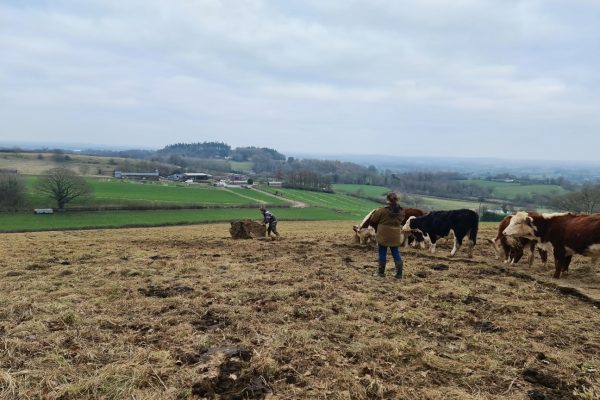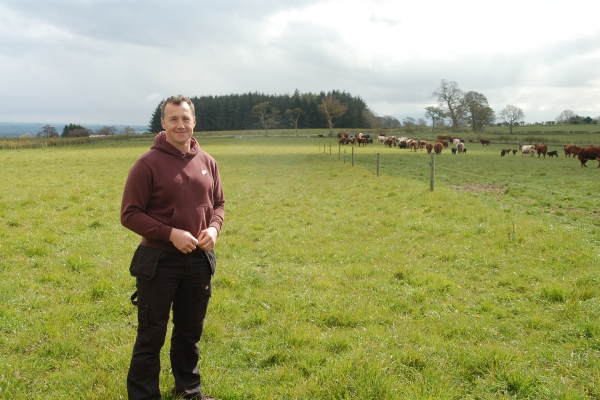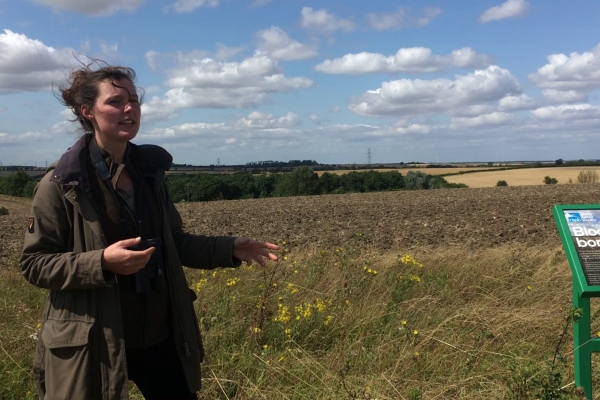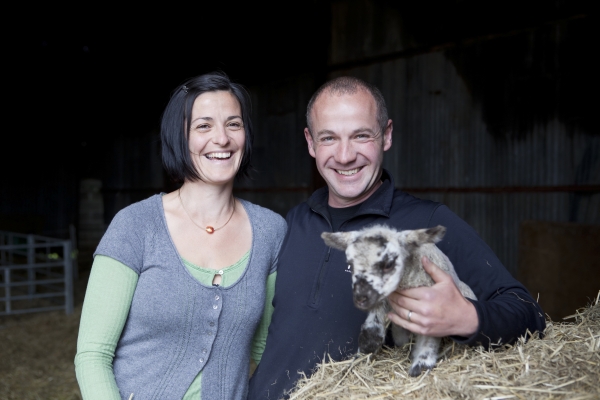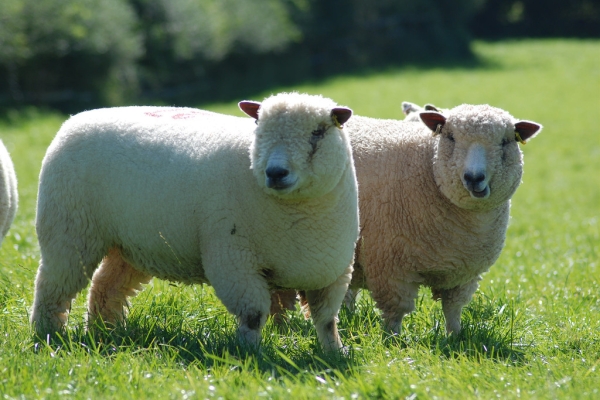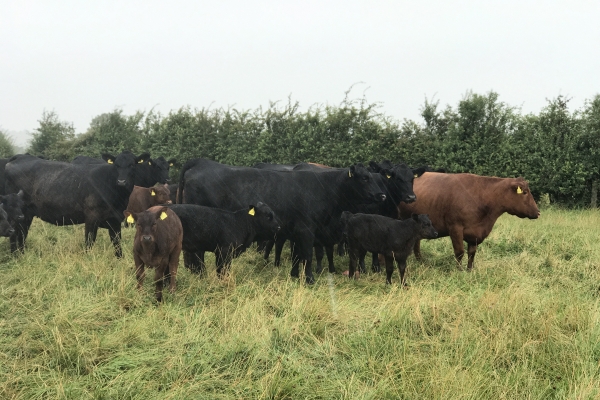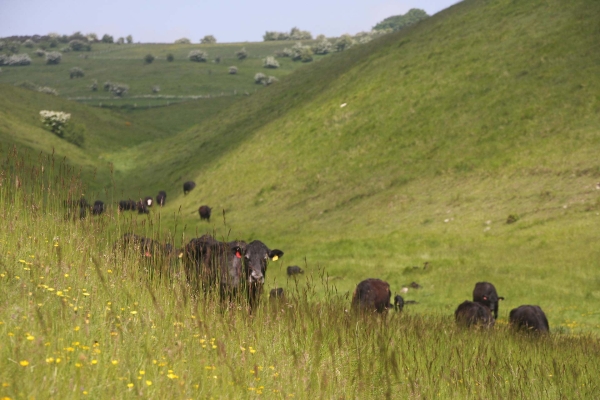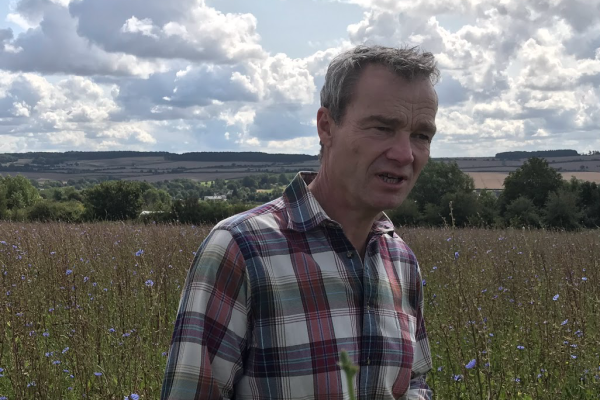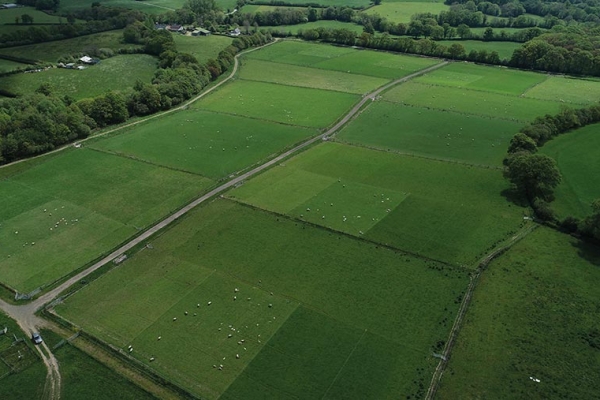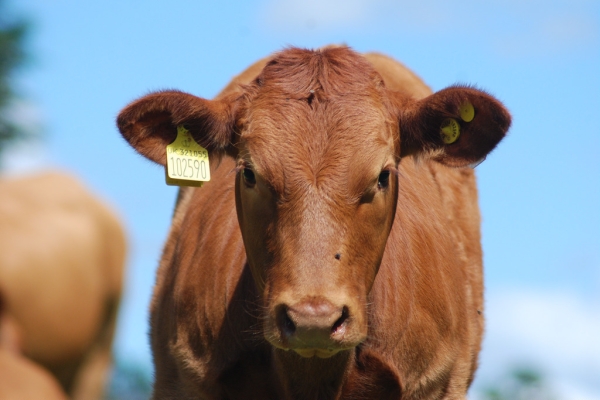Pasture for Life-style
GREAT case study
Resource explained
This is one of ten case studies (and a video by FarmED) produced as part of the GREAT (Gloucestershire Regenerative Environment and Agriculture Transition) Project, focusing on Gloucestershire farmers and growers, and covering a range of regenerative and agroecological agriculture themes. Matt and Laura Elliott moved from Bristol to become National Trust tenants at Sandy Hill Farm. Their ‘Sandy Hill Mob’ (mob-grazed Herefords) and mob-grazed hens produce high quality produce that they sell direct via a meat box, an egg club and in local shops. They also produce high-value biltong from low-value silverside of beef. The case study covers farm objectives, describes the farm enterprises and systems, challenges and future ambitions, and gives some useful advice. Matt talks about their farming journey as they started out with their first tenancy and involvement with Pasture for Life in the video, which shows some of the Hereford cattle and the mob / bale grazing system on the farm.
Findings & recommendations
- The Elliotts mob and bale graze their herd of pedigree Herefords and believe it to be very beneficial for the biodiversity in the fields, the cattle health, and the grass.
- They implement mob grazing to imitate natural herbivore grazing patterns. This promotes a more diverse and healthier sward whilst increasing soil carbon and organic matter. It also helps meet other environmental objectives. Trampling and increased organic matter helps with water retention and therefore flood and drought resilience and intermittent grazing results in a higher abundance and diversity of wildflowers, promoting biodiversity.
- The cattle are moved every day, from April to November / December, in cells and using electric fences. This moves them from where the flies or central parasites are going to be, reducing the parasite burden substantially.
- The Elliotts added laying hens into their system. The hens are mob grazed using a mobile hen house and electric fencing. It’s a low-effort system, as they only need moving weekly.
- The Hereford breed can live outside all year and thrive on a totally pasture-based system.
Read the case study and watch the video to find out more.



